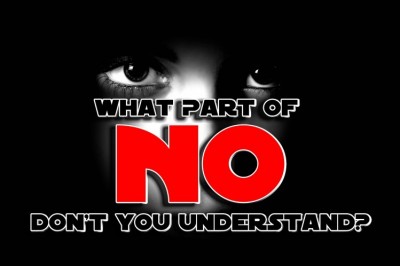The ABCs of Creative Writing Tips
This ABC of Creative Writing Tips will provide a helpful checklist of editing tips for new writers and anyone who wants to avoid common writing weaknesses. A checklist can be especially useful when youre first learning to edit your own work. Over time, your writing habits will change, and you will naturally avoid these weaknesses, but until then, its good practice to jog your memory with a complete Creative Writing Tips checklist.
How to Use this Checklist
Before you begin the editing process, read through the checklist to remind yourself of common errors. Then read through your text to search for these items. In some cases, it can be useful to use your word processors "search" tool to locate the item. For example a quick search of "ly" can point to every adverb youve written.
Reading aloud will often alert you to issues, especially with dialogue, where the text doesnt "sound right." If you have a friend read your work aloud as you listen, youll be more likely to hear what you wrote, rather than what you meant to write.
Use the Creative Writing Tips and Checklist to refine your plot, tighten your diction, and catch small slips that signal sloppy writing and cause editors to set your writing aside and go on to the next submission theyve received. With time, catching errors will become second nature.
Creative Writing Tips (A-C)
Action/reaction
Actions and reactions should be written in chronological order.
Not: She tossed the mail into the trashcan after she read it.
But: She read the mail and tossed it into the trashcan.
Adverbs
Conduct a search for "ly" words. Remove as many adverbs as possible. Powerful, strong writing uses few adverbs. Instead use stronger verbs, as specific and accurate as possible.
Not: He spoke loudly and angrily.
But: He yelled.
Or, rewrite the sentence completely to remedy the adverb problem.
Not: He wrote magnificently, and his essays gained the respect of all.
But: He wrote magnificent essays, respected by all.
Begin at left margin
Traditionally, a story or novel begins at the left margin. The second paragraph is indented. The story then returns to the left margin for each new scene or chapter. One extra space should be left between scenes.
Begin to
Characters in the story should take direct action, not "begin to" do something.
Not: They began to wail
But: They wailed...
Crying, sobbing and tears
Avoid "crying, sobbing, and tears" as they are considered melodramatic and ineffective in conveying emotion.
Not: "Please dont do it," she cried, and fell sobbing to her knees.
But: Her grip on his arm tightened and her voice grew raspy. "Please dont do it."
This ABC of creative writing tips is a tool to help writers detect common errors that will occur throughout the early years of writing. Excessive use of adverbs, adjective strings, and poor dialogue are common weaknesses that will cause editors to reject work, so put the final touches on your work before you allow an editor to read it.
About Author:
Pearl Luke of Be-a-Better-Writer.com is a creative writing instructor and the author of two novels: Madame Zee and Burning Ground, both published by HarperCollins. Visit for an entire alphabet ofcreative writing tips.





















